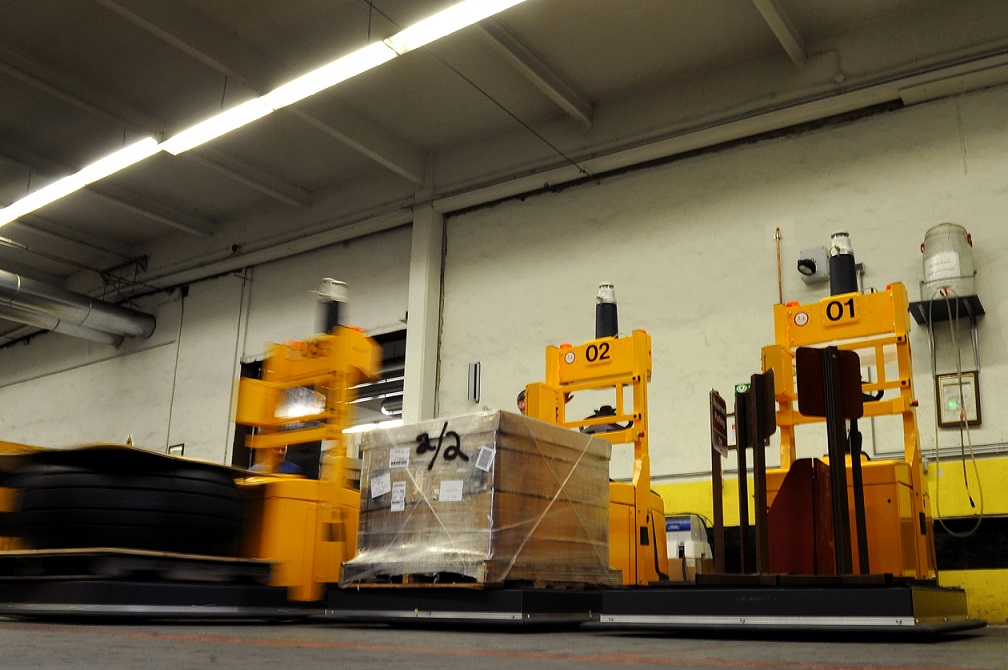
This post is also available in:
 עברית (Hebrew)
עברית (Hebrew)
The demand for warehouse workers is growing faster than the labor supply, creating an increased need for automation. Lower cost components and advancements in technology have made robotics more affordable, paving the way for the rise of the collaborative robot, or “cobot”.
Cobots are more precise and increasingly flexible with advanced sensor technology, AI, Lidar/Radar, GPS, and connectivity. Machine learning has also made cobots more versatile—not just in their hardware, but in software that facilitates adaptation to a broad array of tasks. Collaborative robots were created specifically to work alongside humans rather than replacing them.
Although this trend is still at its early stage, the digital transformation of warehouses presents a tremendous market opportunity for new companies to create value, according to techcrunch.com.
In the security vertical, companies such as Cobalt Robotics allow human security guards to remotely monitor offices, creating cost savings for the employer, and efficiencies for the security guard. According to the company website, autonomous, intelligent security robots deliver real-time anomaly detection with instant alerts and perfect recall. The Cobalt robot is an autonomous vehicle, patrolling the premises and maneuvering through the workplace on pre-designated routes. Real-time anomaly detection flags risks, like unexpected people, open doors, leaks, and spills — even rerouting the robot when needed. Human specialists provide response and analysis.
“Just as in the civilian economy, automation will likely have a big impact on military organizations in logistics and manufacturing,” said Michael Horowitz, a University of Pennsylvania professor and one of the globe’s foremost experts on weaponized robots.
“The U.S. military is very likely to pursue forms of automation that reduce ‘back-office’ costs over time, as well as remove soldiers from non-combat deployments where they might face risk from adversaries on fluid battlefields, such as in transportation.”
Warehouse robots that scoot goods to delivery vans could run the same chores inside Air Force ordnance and supply units, reports sandiegouniontribune.com.
New machines that can scan, collate and analyze hundreds of thousands of pages of legal documents in a day might outperform Navy legal researchers.
In other verticals, companies such as Ford team up workers and cobots on the assembly lines. In Amazon’s fulfillment center, cobots bring shelves of merchandize to the company’s associates to prepare for shipments, according to forbes.com.
This new reality of humans working alongside robotic colleagues becomes the standard for better performance. The rapid innovation in this industry promises to bring efficiency and growth to countless sectors in coming years.

























